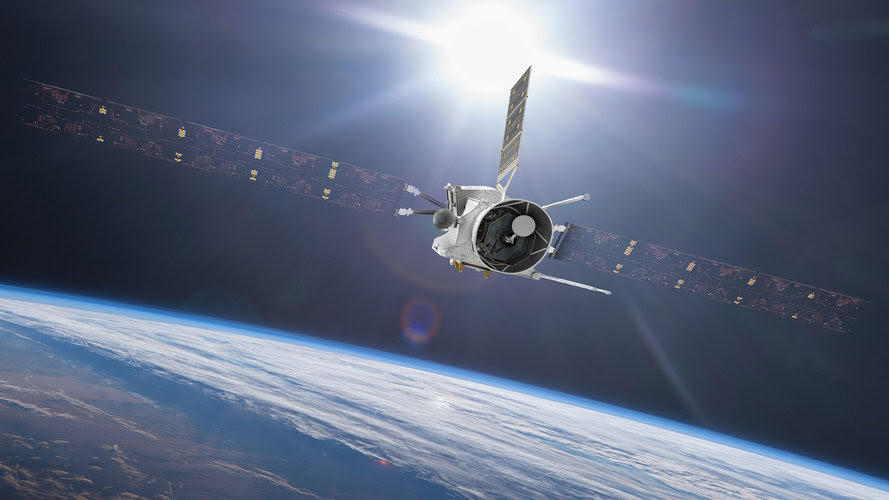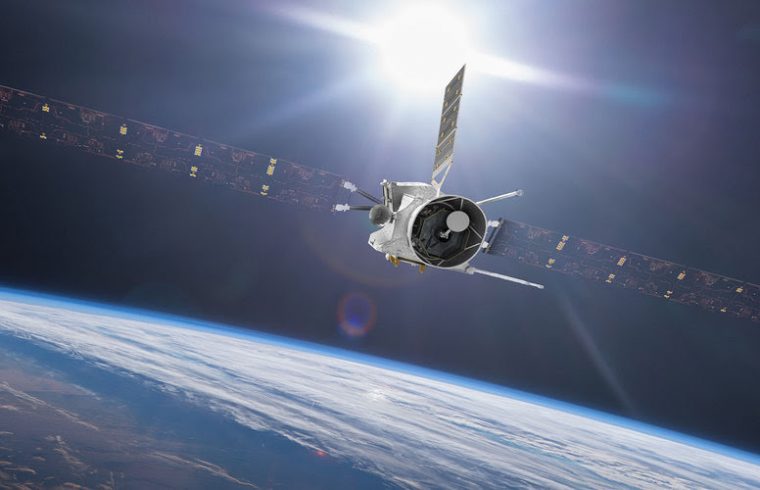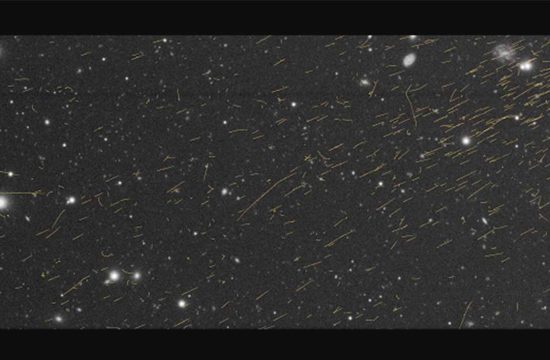
On 10 April, BepiColombo will be visible to amateur and professional astronomers during its first – and only – Earth flyby, as the spacecraft makes its way to Mercury, the innermost planet of the Solar System. The best place to spot it is the southern hemisphere, but observers in southern locations of the northern hemisphere might also catch a parting view of the spacecraft.
By the time of the flyby, BepiColombo will have travelled almost 1.4 billion km – roughly nine times the distance between Earth and the Sun – since the European-Japanese mission was launched in October 2018. Yet, passing over at an altitude of just 12 700 km, it will come within just a couple of thousand kilometres of our planet’s exosphere, the outermost layer of the atmosphere, providing us with the last chance to say hello – and goodbye.
This is the first of a series of nine gravity-assist manoeuvres that the spacecraft will use to reach its final destination. The next two flybys will see BepiColombo proceed towards Venus in October 2020 and August 2021, respectively, followed by six flybys of Mercury itself to further adjust the trajectory. Eventually, the mission’s two science orbiters – ESA’s Mercury Planetary Orbiter and Mio, the Mercury Magnetospheric Orbiter of the Japan Aerospace Exploration Agency (JAXA) – will separate from the Mercury Transfer Module in late 2025 and start their scientific operations at Mercury in early 2026.
BepiColombo will make its closest Earth approach at 05:24:58 BST (06:24:58 CEST) on 10 April 2020 as it crosses the sky from East to West. The spacecraft will not be visible to the naked eye, but observers with access to a small telescope, binoculars or a camera might be able to catch the Mercury explorer as it bids farewell to our home planet.
“The flyby has an emotional effect,” says Johannes Benkhoff, BepiColombo Project Scientist at ESA.
“It’s the last time that we can see the spacecraft from Earth, so we are inviting amateur and professional astronomers to observe it before it goes.”
The scheduled flyby takes place as billions of people across the world face an exceptional situation caused by the ongoing coronavirus pandemic, which limits human movement and therefore also the access to many professional telescopes. Amateur astronomers in suitable locations, far from large cities, can contribute from their home terrace or garden.
“BepiColombo should be visible with a small telescope, accessible to amateur astronomers in the southern hemisphere or in southern parts of the northern hemisphere,” adds Joe Zender, ESA BepiColombo Deputy Project Scientist.
“If you live in southern Europe – south of Rome or Madrid, for example – you might be able to glimpse it for a moment, and the further south you are, the longer you should be able to see it. If something appears as a moving star in the field of view of your telescope or camera, that will be Bepi.”








